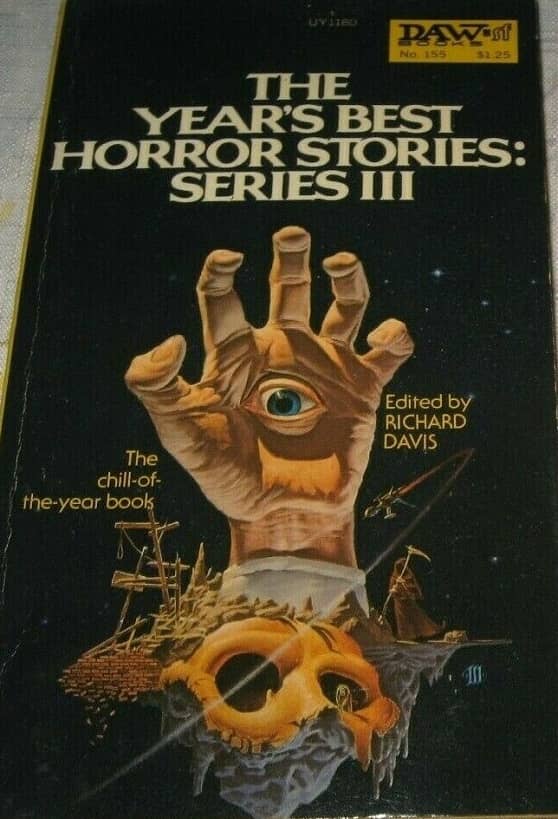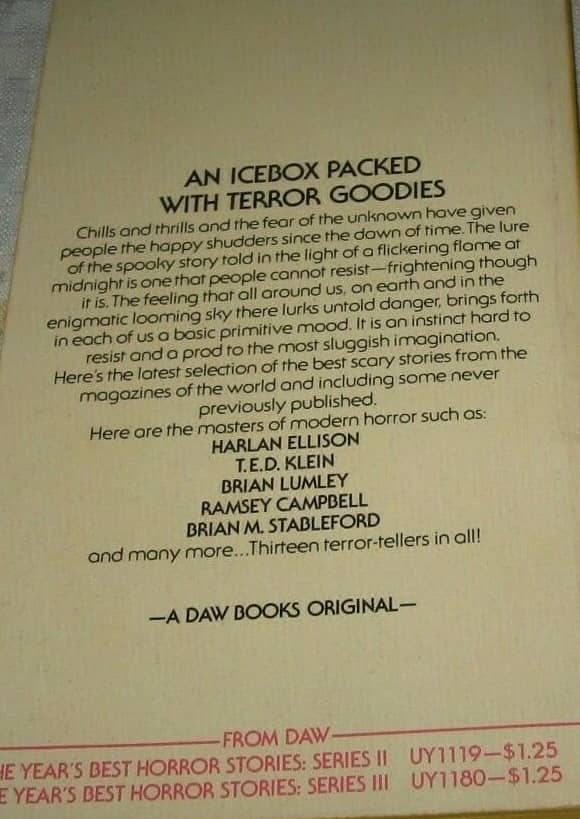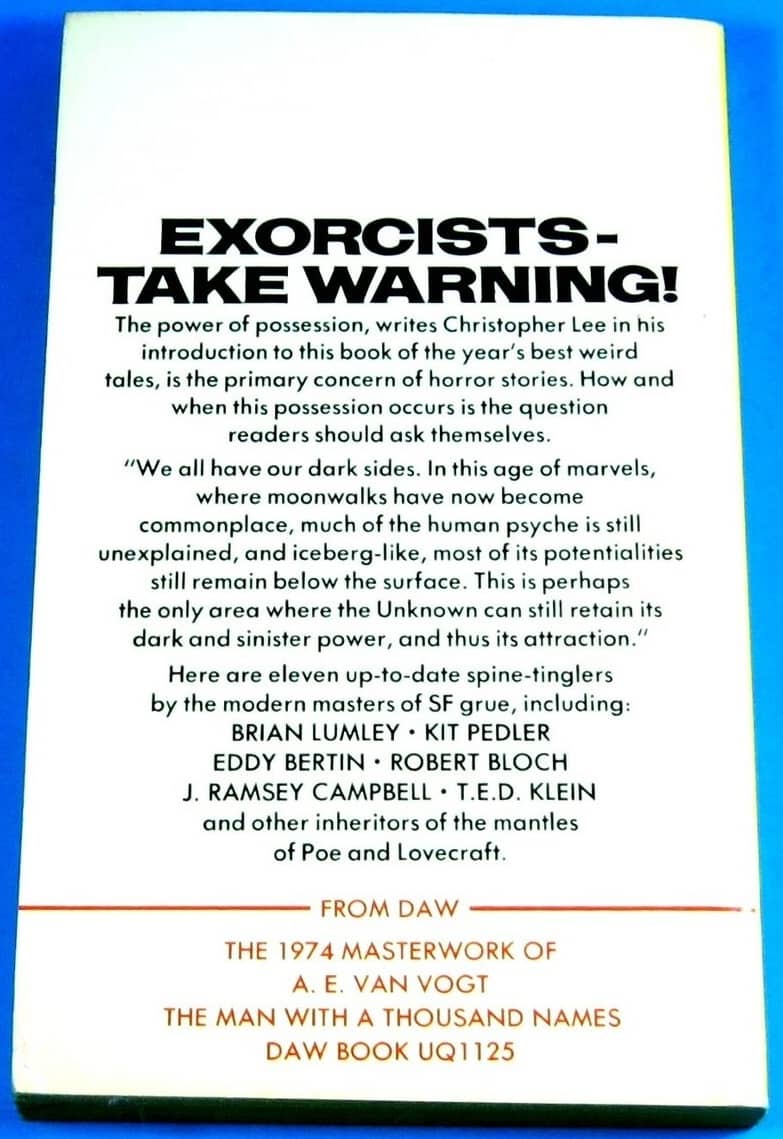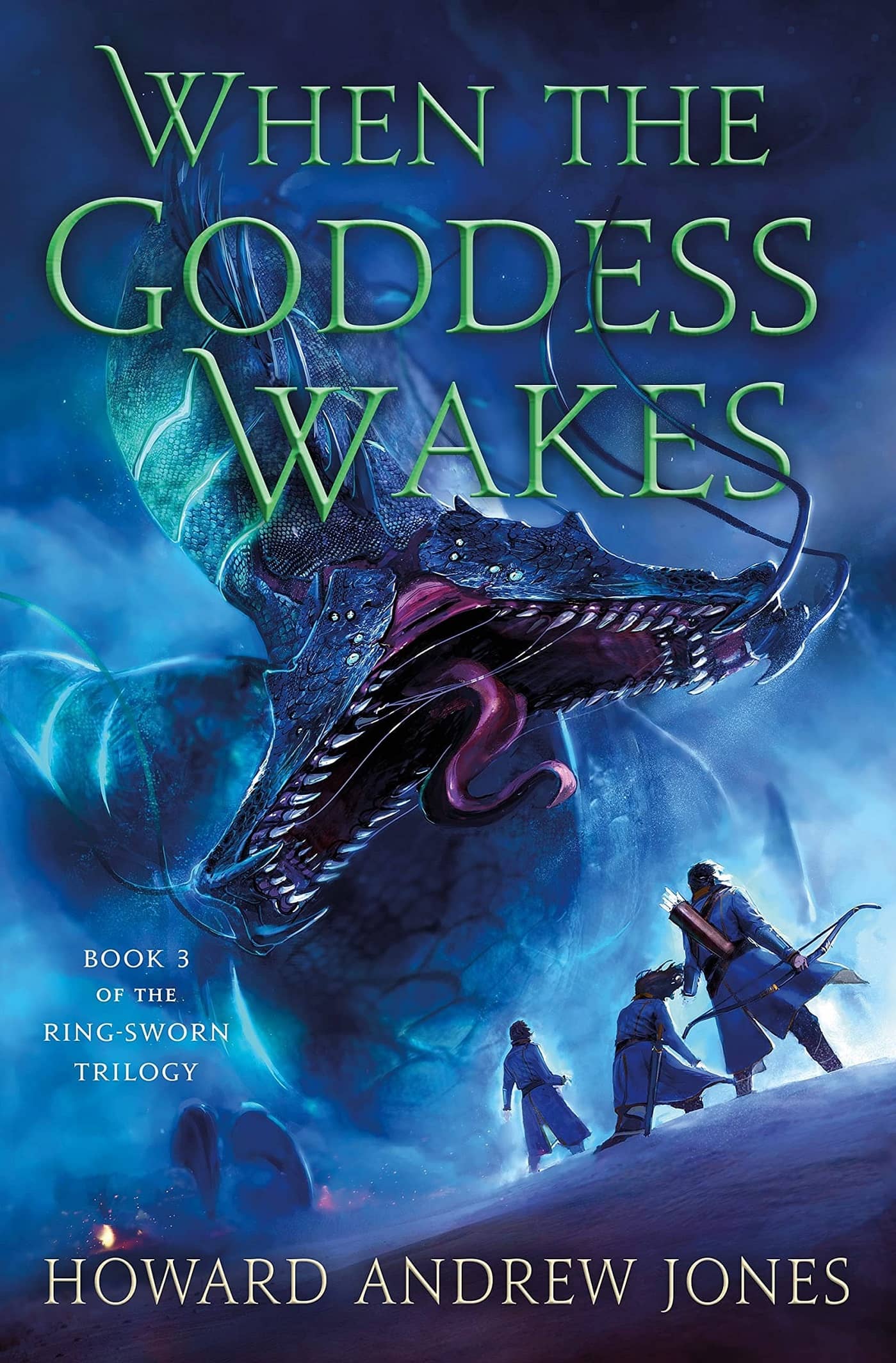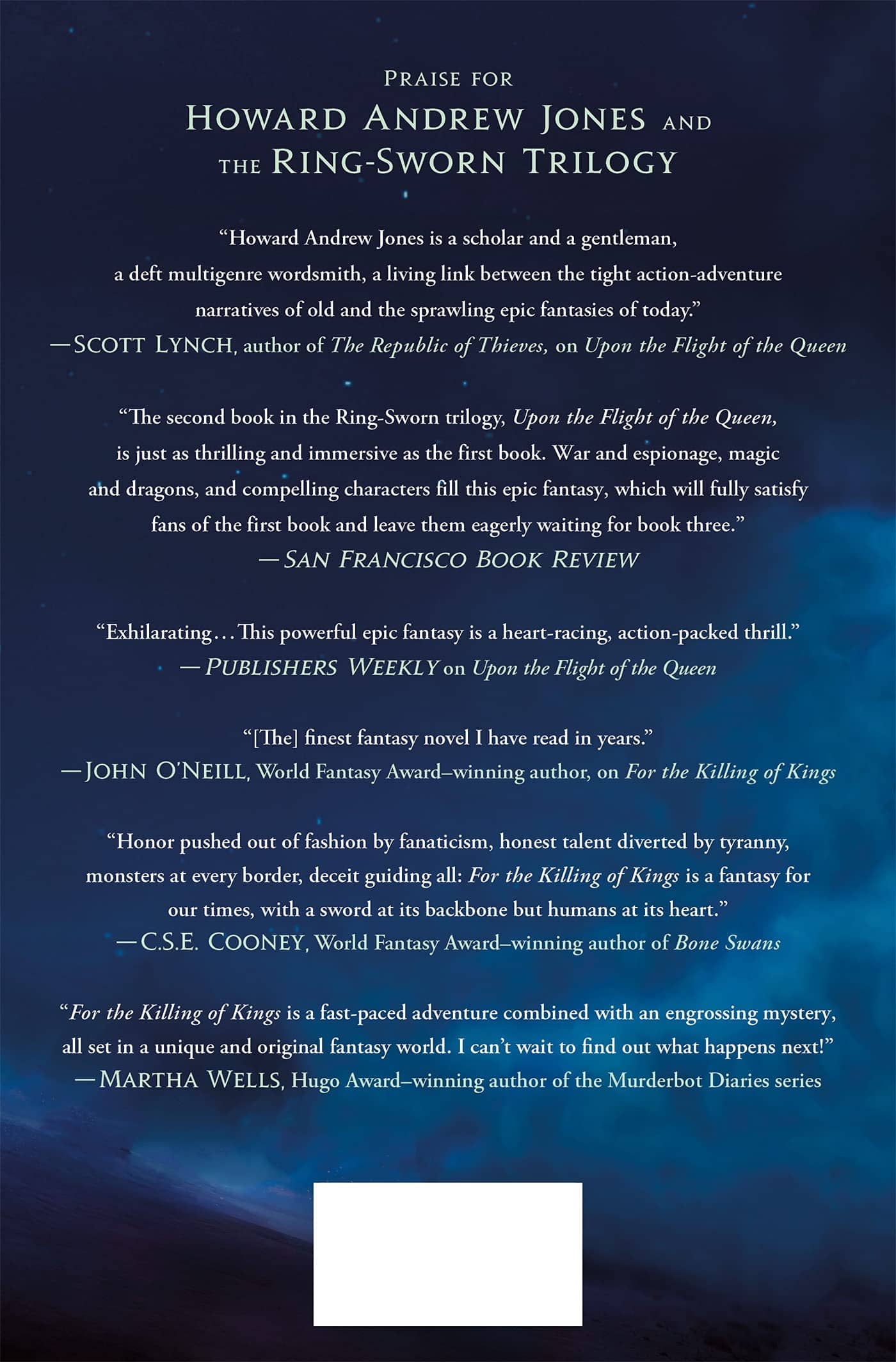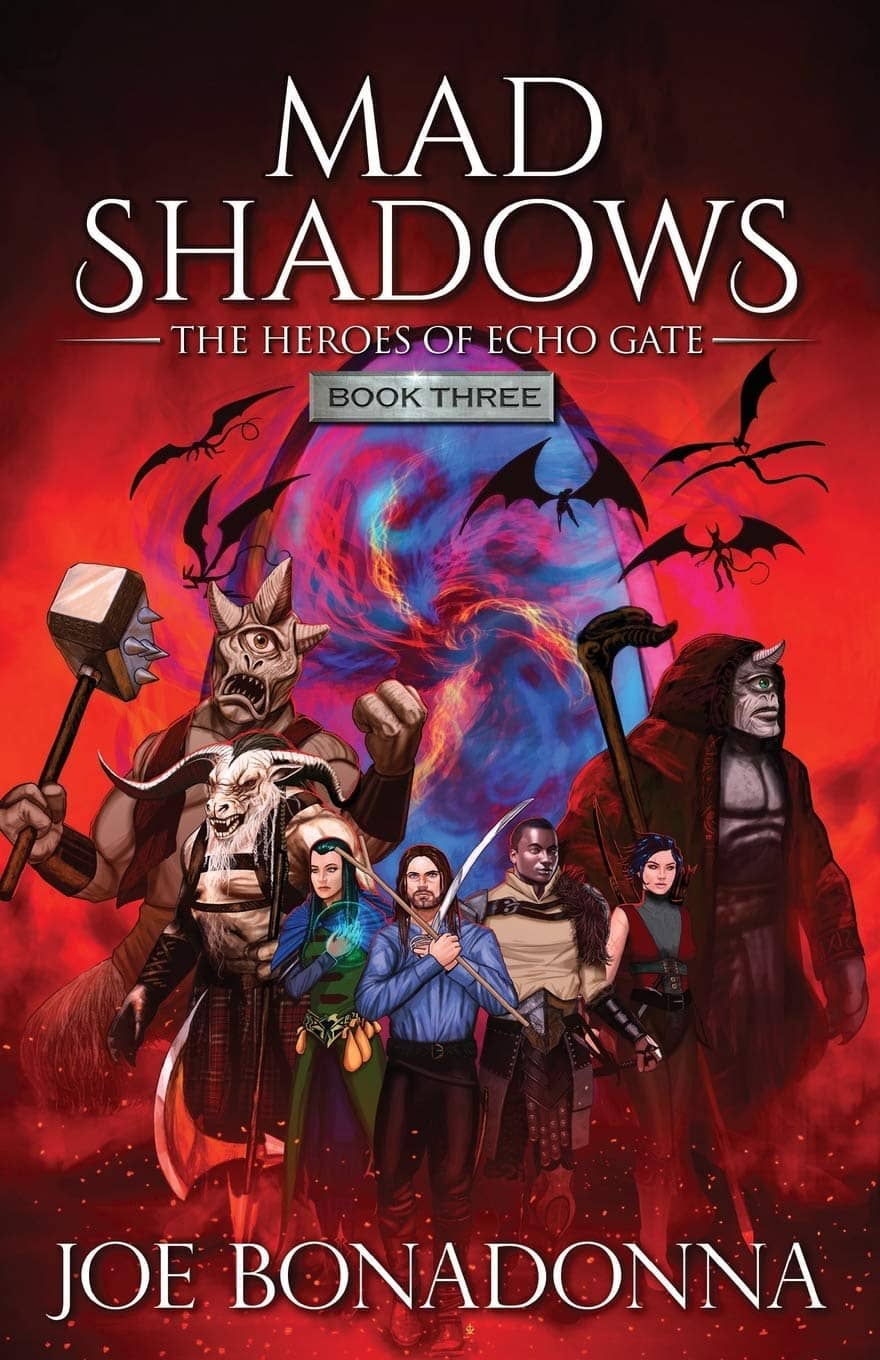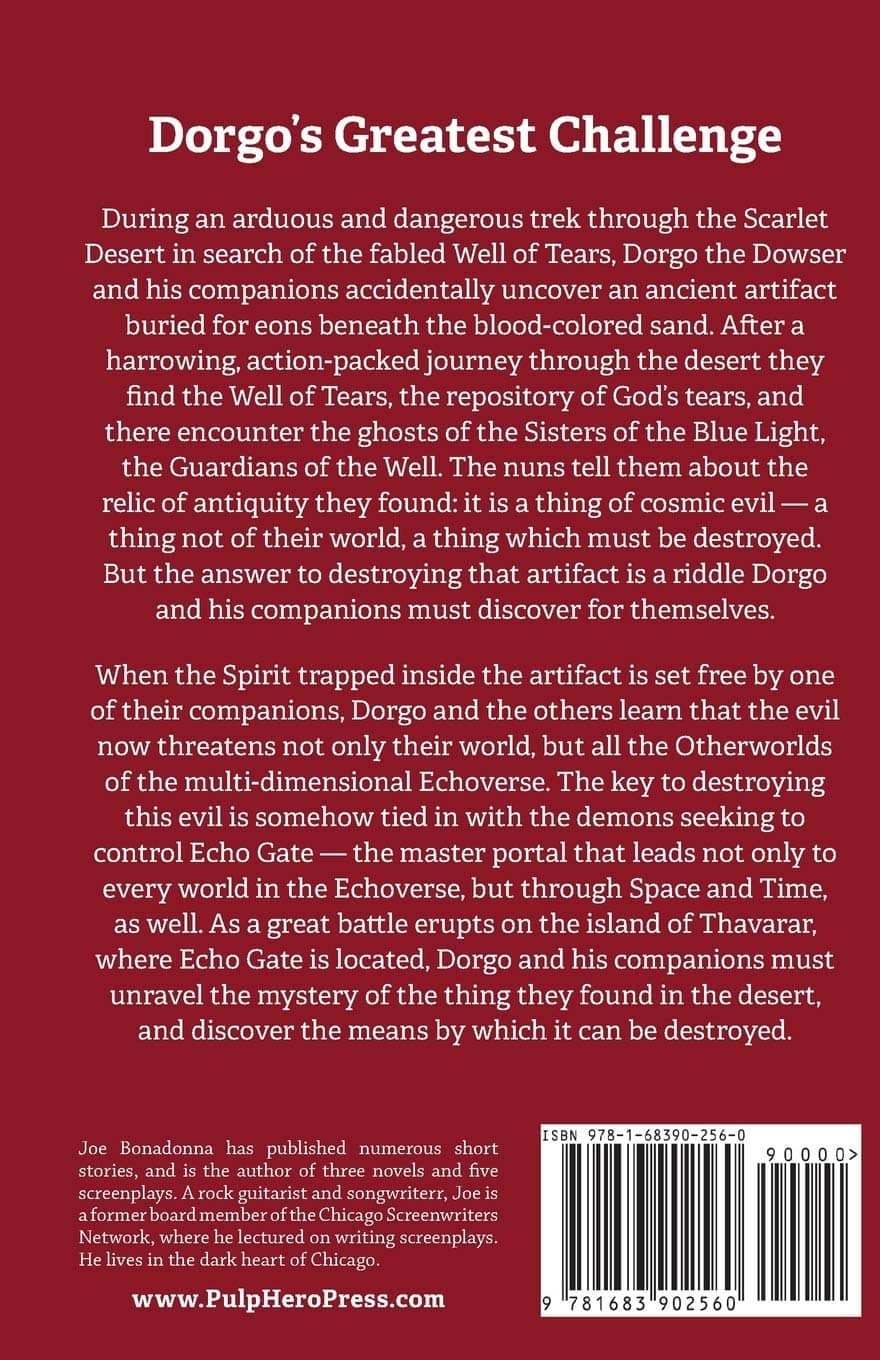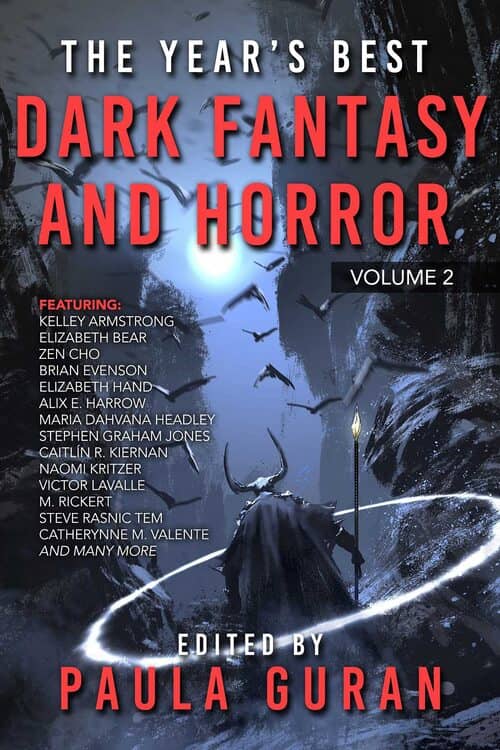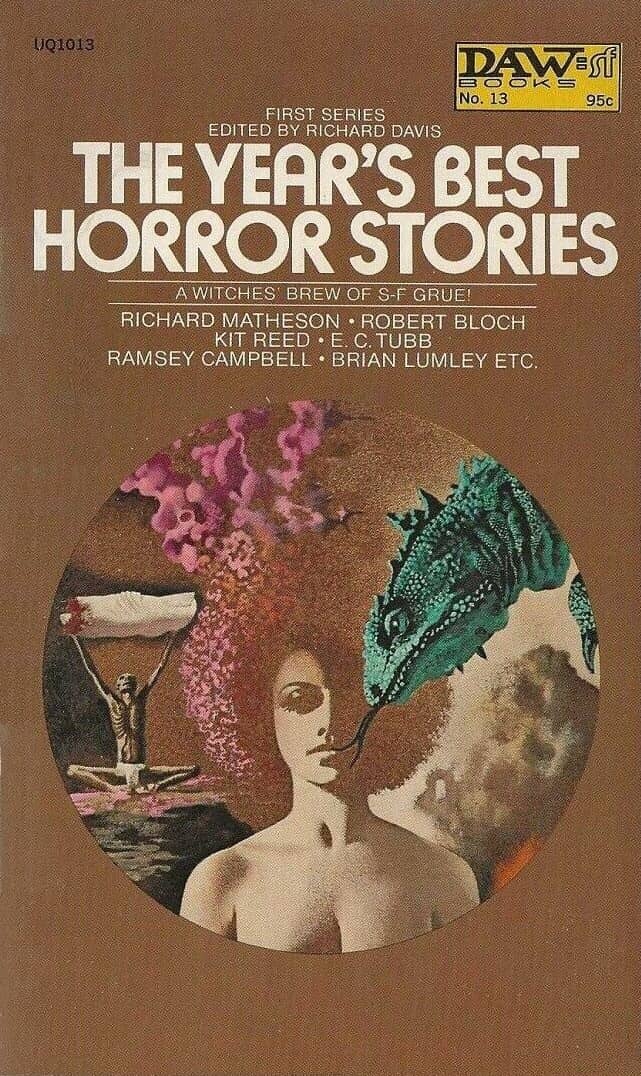Lethal Vegetation and Nasty Christmas Presents: DAW’s The Year’s Best Horror Stories: Series IV, edited by Gerald W. Page (1976)
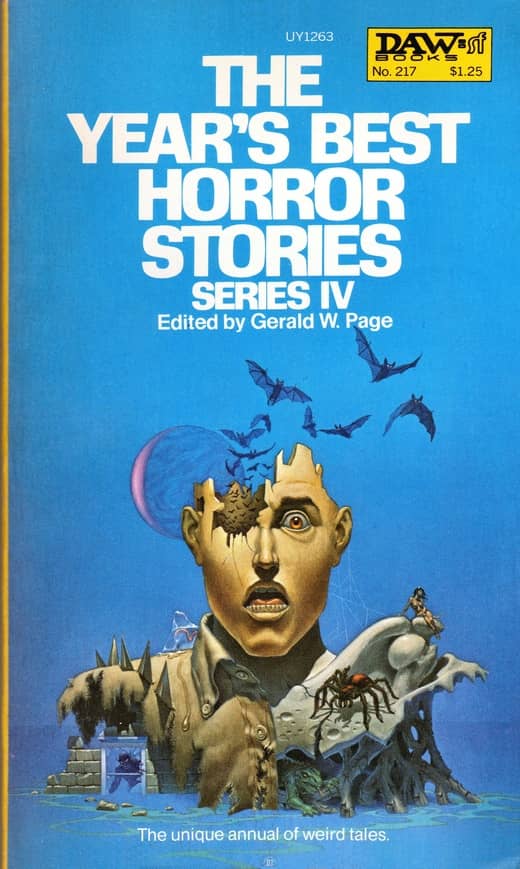 |
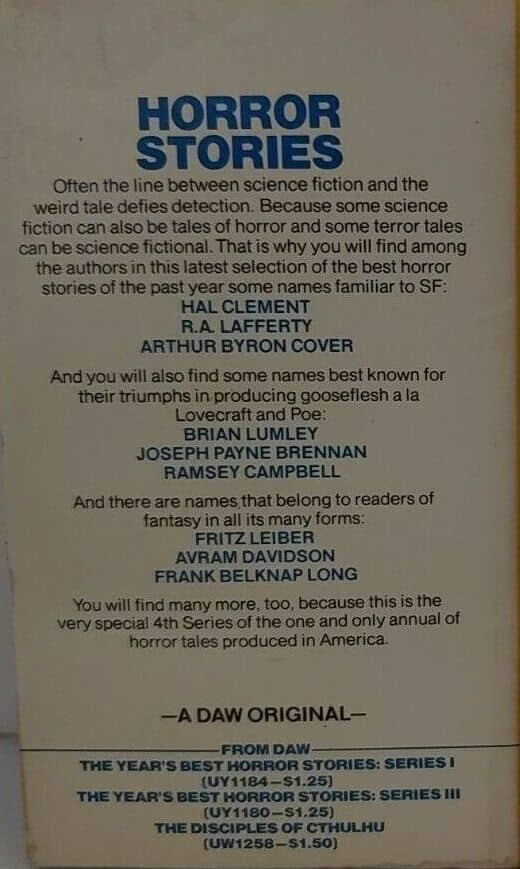 |
The Year’s Best Horror Stories: Series IV (DAW, July 1976). Cover by Michael Whelan
The Year’s Best Horror Stories: Series IV was the fourth volume in DAW’s Year’s Best Horror, copyright and printed in 1976. This one introduced a different editor, American author Gerald W. Page (1939–). Page had edited the successful weird tales magazine Witches & Sorcery from 1971 to 1974, and some stories from his ‘zine had made the earlier volumes of Year’s Best Horror. My guess is this put him on Don Wollheim’s radar when he sought out a new editor. I couldn’t find any information on why British editor Richard Davis had been replaced; but as I said in my review of The Year’s Best Horror Stories: Series III, I was disappointed by his last volume, especially since his first two were so good.
Michael Whelan (1950–) returns as the cover artist. Whelan is a great artist and though this cover is in something of a sci-fi, surrealistic mode, I think it sufficiently announces the book as a horror anthology.
Under Page’s editorship, The Year’s Best Horror Stories: Series IV definitely has a different flavor and lineup. The front cover proclaims at the bottom that it is “The unique annual of weird tales.” And many of the authors included are indeed associated with the older Weird Tales pulp era, including Frank Belknap Long, Joseph Payne Brennan, E. Hoffman Price, H. Warner Munn, and Fritz Leiber.

